- 规格参数
- 产品介绍
- 商品评价
- 包装清单
- 售后服务
- 常见问题
1Fundamentals of Mathematics and Physics
In engineering field, some practical problems cannot be adequately solved using arithmetic and algebra only. Advanced mathematical tools such as calculus and integral are needed to understand physical process used in nuclear engineering.
1.1Calculus
Arithmetic involves the fixed values of numbers. Algebra involves both literal and arithmetic numbers,which still has fixed values in a given calculation although the literal numbers in algebraic problems can change during calculation.
Here some examples are given. When a weight is dropped and allowed to fall freely, its velocity changes continually. The electric current in an alternating current circuit changes continually. Both of these quantities have a different value at successive instants of time. Physical systems that involve quantities that change continually are called dynamic systems. The solution of problems which involving dynamic systems often need different mathematical techniques from arithmetic and algebra. Calculus involves all the same mathematical techniques involved in arithmetic and algebra, such as addition, subtraction, multiplication, division, equations, and functions, but it also involves several other techniques. These techniques are not difficult to understand because they can be developed using familiar physical systems, but they do involve new ideas and terminology.
There are many dynamic systems encountered in nuclear engineering field. The decay of radioactive materials, the startup of a reactor, and the power change of a turbine generator all involve quantities change with time. An analysis of these dynamic systems involves calculus. Calculus is the most helpful tools to understand certain of the basic ideas and terminology which is involved in nuclear facility field, though detailed understanding of calculus is not required for the operational aspect.
These ideas and terminology are encountered frequently, and a brief introduction to the basic ideas and terminology of the mathematics of dynamic systems is discussed in this chapter.
1.1.1Differential and Derivative
In mathematics, differential is a tool to describe the local characteristic of a function using linear techniques. Suppose a function is defined in a region. x0 and x0+Δx are two points (value) in this region. Then the incremental change of the function can be expressed as1:
Δy=f(x0+Δx)-f(x0)(11)
Using local linear technique, it can be expressed as:
Δy=A·Δx+o(Δx)(12)
where, A is a constant number independent with Δx, o(Δx) is a higher order infinite small of Δx. We call the function y=f(x) is derivable near the point of x0 and A·Δx is called as the differential of the function y =f(x) at point x0 corresponding to Δx (the incremental change of argument x). It is denoted as dy. The incremental change of argument x is the differential of x. It is denoted as dx. So we get:
dy=Adx(13)
Here we use an example in physics to explain the concept of differential. One of the most commonly encountered mathematical applications of the dynamic system is the relationship of position and time of a moving object. Figure 11 represents an object moving in a straight line from position P1 to position P2. The distance to P1 from a fixed reference point, point O, along the line of travel is represented by S1; the distance to P2 from point O by S2.
Figure 11Motion Between Two Points
If the time recorded by a timer, when the object is at position P1 is t1, and if the time when the object is at position P2 is t2, then the average velocity of the object between points P1 and P2 equals the distance traveled, divided by the time elapsed as Equation (14).
vav=S2-S1t2-t1(14)
俞冀阳,清华大学工程物理系核能科学与工程管理研究所,副教授,博导。1994年毕业于清华大学工程物理系,1999年获清华大学工学博士后在清华大学工程物理系任教。主要从事核反应堆工程与安全方面的人才培养和科学研究工作。已出版的教材与专著有:《反应堆热工水力学》、《热工流体数值计算》、《核电厂事故分析》、《核心理学》、《核动力装置设计与优化原理》、《核工程基本原理》等。英文版专著有国际原子能机构出版的IAEA-TECDOC-1395《Comparison of Heavy Water Reactor Thermalhydraulic Code Predictions with Small Break LOCA Experimental Data》。
本书着力于核工程所涉及领域的基本原理,打通各个领域的壁垒,使核工程所涉及到的各个领域的基本原理融会贯通,使读者能够掌握全面的知识体系。
注:本站商品信息均来自于厂商,其真实性、准确性和合法性由信息拥有者(厂商)负责。本站不提供任何保证,并不承担任何法律责任。
由本网站发货的订单,在订单发货之前可以修改,打开“订单详情”页面,若已经出现物流信息,则表示订单无法修改。
您可以通过以下方法获取商品的到货时间:若商品页面中,显示“无货”时:商品具体的到货时间是无法确定的,您可以通过商品页面的“到货通知”功能获得商品到货提醒。
如订单处于暂停状态,进入“我的订单"页面,找到要取消的订单,点击“取消订单”按钮,若已经有物流信息,则不能取消订单。
本网站所售商品都是正品行货,均开具正规发票(图书商品用户自由选择是否开发票),发票金额含配送费金额,另有说明的除外。
在商品页面右则,您可以看到卖家信息,点击“联系客服”按钮,咨询卖家的在线客服人员,您也可以直接致电。
同个订单购买多个商品可能会分为一个以上包裹发出,可能不会同时送达,建议您耐心等待1-2天,如未收到,本网站自营商品可直接联系标准查询网在线客服。
登陆网站,进入“我的订单”,点击客户服务下的返修/退换货或商品右则的申请返修/退换货,出现返修及退换货首页,点击“申请”即可操作退换货及返修,提交成功后请耐心等待,由专业的售后工作人员受理您的申请。
一般情况下,退货处理周期(不包含检测时间):自接收到问题商品之日起 7 日之内为您处理完成,各支付方式退款时间请点击查阅退款多久可以到账; 换货处理周期:自接收到问题商品之日起 15 日之内为您处理完成。
首页 | 关于我们 | 联系我们| 友情链接| 手机商城| 企业文化| 帮助中心|
© 2016-2024 标准查询网 版权所有,并保留所有权利。联系地址: 海淀区后屯南路26号专家国际公馆5-20室 Tel: 010-62993931 E-mail: 2591325828@qq.com
ICP备案证书号 : 京ICP备09034504号


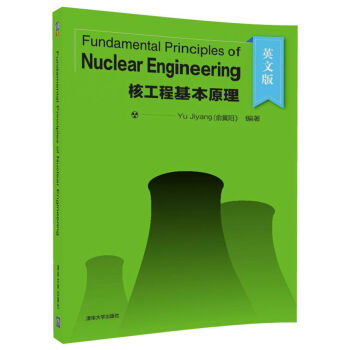
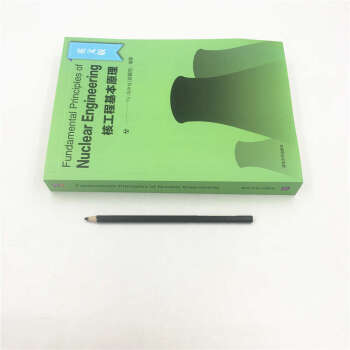
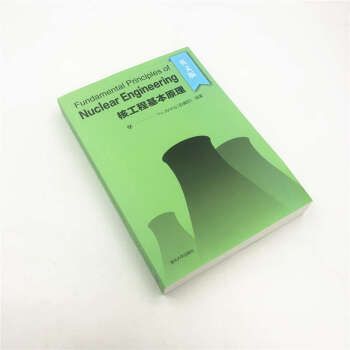
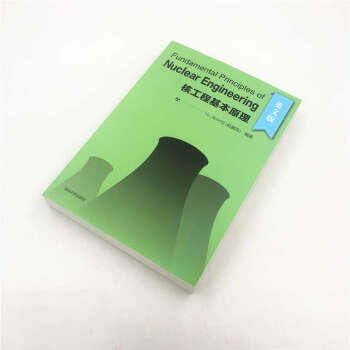

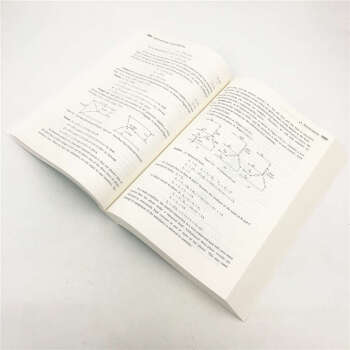
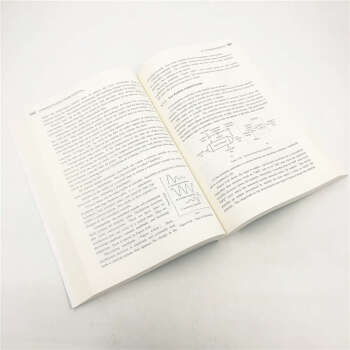
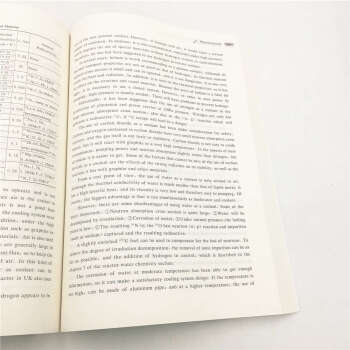
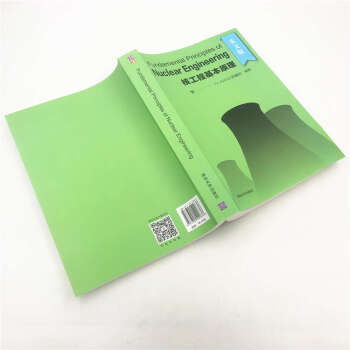
好评度